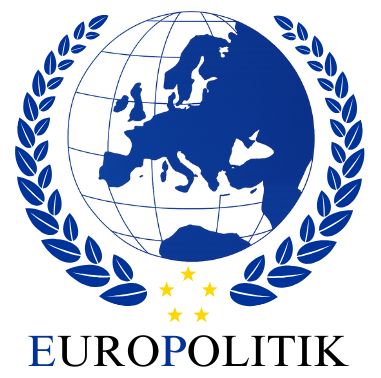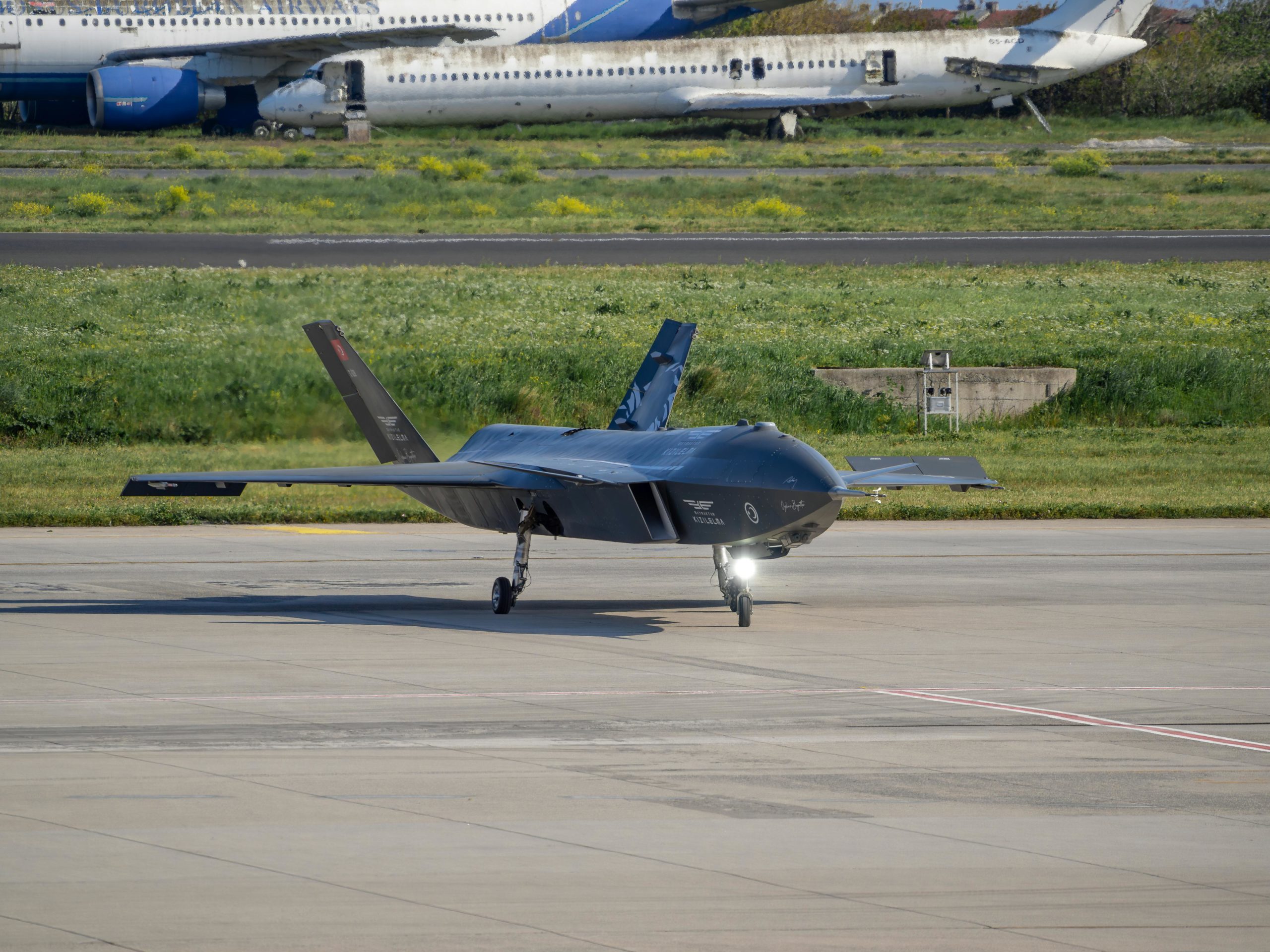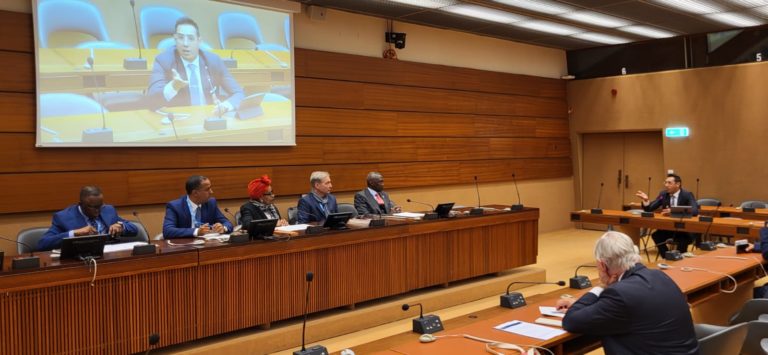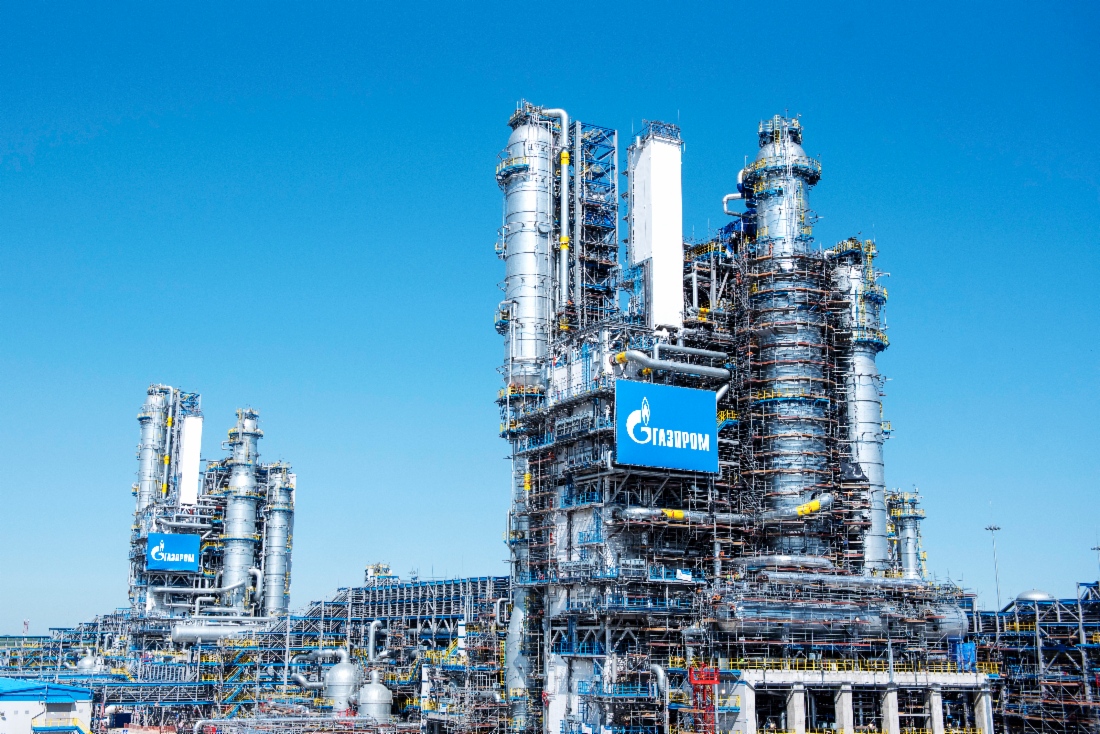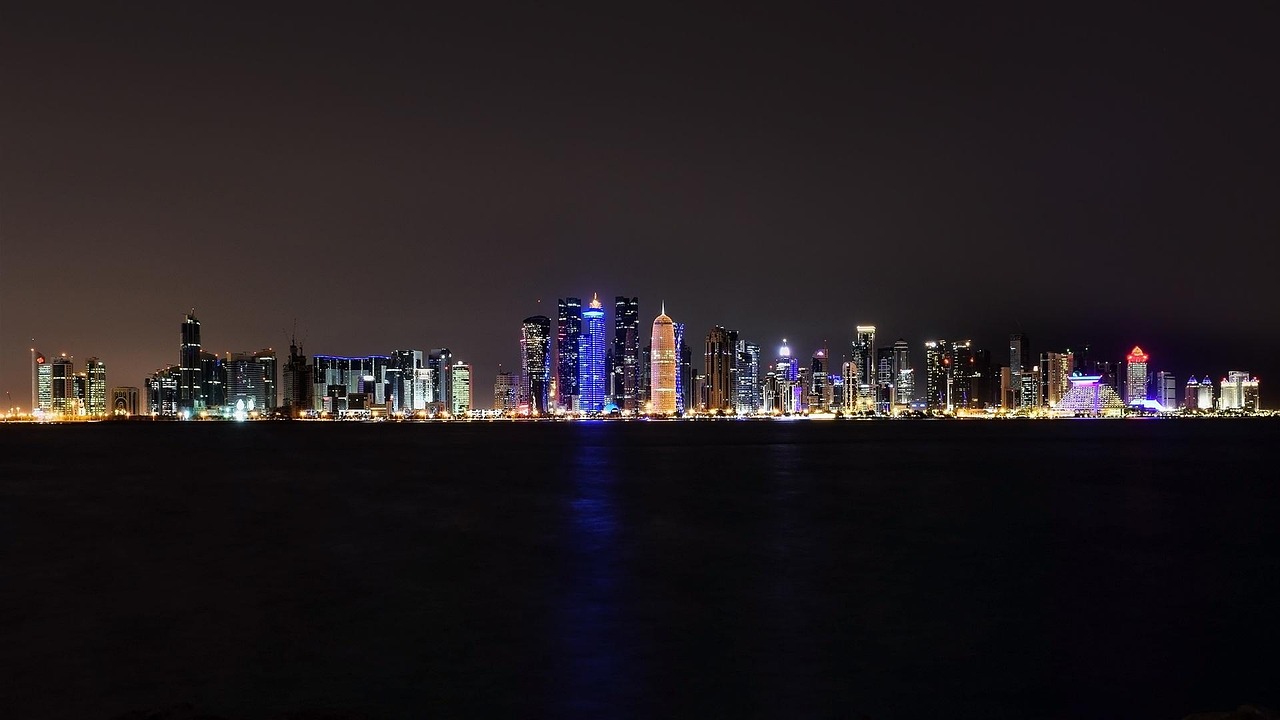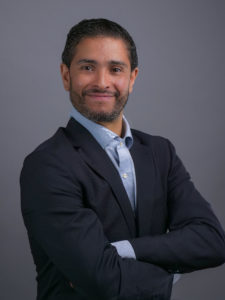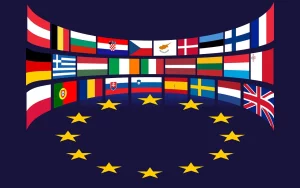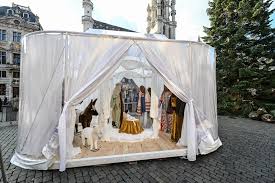Yesterday’s meeting at the White House between Donald Trump and Volodymyr Zelensky marked a turning point. For months, Ukraine had made numerous appeals, Europe had shown its support, and the Biden administration had taken a hard line against Moscow. But the military and diplomatic impasse has finally made one thing clear: only Trump, because of his unique relationship with Vladimir Putin and his direct negotiating style, can present himself as the leading and essential mediator of a possible peace. Unlike his predecessors, he does not believe in large multilateral conferences. His method is brutal, transactional, and sometimes shocking, but it can produce results. As with Kim Jong-un in 2018, he is convinced that face-to-face meetings between leaders break down the barriers that traditional diplomacy can no longer overcome.
Alaska, the Starting Point for a Dynamic
The meeting in Alaska, a few days earlier, had already paved the way. Seeing Trump and Putin sitting at the same table, in a climate where everything seemed frozen since 2022, sent a strong signal: war is not inevitable, and even the worst enemies can resume dialogue. This tête-à-tête made it possible to reopen channels that had been closed for a long time and to test the scope for compromise, particularly around a freeze in the conflict and an expanded framework for negotiations. Alaska will undoubtedly go down in history as the starting point for a major peace process, even if it is still embryonic and fragile.
Zelensky, Europe, and Security Guarantees
This is why Zelensky’s visit yesterday, accompanied by several European leaders, is crucial. Everyone knows that a single bilateral meeting between Trump and Putin could lead to an unbalanced agreement, to Kyiv’s detriment. The European presence was intended to impose safeguards: any solution must include solid security guarantees for Ukraine. This is the red line. Kyiv cannot emerge from these negotiations stripped of its coveted territories without lasting protection against Russian ambitions. The Europeans, although divided and weakened, play a crucial supporting role here: that of reminding that Ukraine is not a bargaining chip, but a sovereign state that must remain master of its own destiny.
The Endless Dilemma: Imperfect Peace or Endless War
Yet the real question remains unanswered. Should we “make peace” by ceding part of Donbass and Crimea in order to move on and ensure Ukraine’s survival? Or should we continue to support Kyiv militarily in the perhaps naive hope of forcing Putin to accept a hypothetical defeat? In the first case, Ukraine obtains minimal security but at the cost of an immense territorial sacrifice. In the second, it risks exhausting itself in an interminable war, while indefinitely dependent on Western aid. It’s a cruel dilemma, with no ideal solution. But the more time passes, the more the temptation to compromise, even if painful, becomes evident. What is most striking is the dynamic unleashed in the last few days. In less than a week, Trump met with Putin in Alaska and Zelensky in Washington. He has put diplomacy back at the center of the game, imposing his direct and straightforward style. This sequence would never have taken place under Joe Biden, a prisoner of paralyzed multilateralism and a hard line with no way out. Trump is now leading the way, and even though many accuse him of serving Putin’s soup, he could paradoxically be the one to end a war that has lasted more than three and a half years. Time will tell whether this dynamic leads to a lasting ceasefire, but one thing is certain: for the first time in a long time, a horizon, however fragile, is opening up.
